Hey there, fellow fragrance lover! Here at Candier, we LOVE how evocative and emotional scents can be. They have the power to boost your mood, recall happy memories, and help create beautiful new ones. But scent can be tricky. Out of all our senses, the sense of smell can be the hardest to pin down. Most people know what they like when they smell it, but have a tough time picking out why they like it, and an even harder time communicating what they like in a fragrance. So, if you’ve ever found yourself lost in a sea of scents, struggling to navigate to what you love and why – you’re in the right place. This series is here to help you break down the most popular and interesting fragrance ingredients, equipping you with the knowledge to keep picking scents that are perfect for you.
Today, we’re diving into Sandalwood. You’ve probably seen it listed in fragrance ingredients, as it's super popular in perfumes and home fragrances – and for good reason: it smells amazing. But if you've ever wondered, "What does sandalwood smell like?" or pondered, "Would sandalwood smell good in my home?", you're not alone. In this blog, we'll unravel the aromatic mystery of sandalwood - its roots (bad pun intended), its rich history, and most importantly, its distinctive scent. And hey, since we're on this olfactory journey, let's discover how the Candier team crafts this timeless aroma into our candles in completely different ways, from our iconic 'Girl You Need To Calm the F Down' candle to the boyfriend-approved and cool-dad fave – 'Barstool Quarterback.'

What is Sandalwood?
Sandalwood is no ordinary wood, but you wouldn’t know that just from looking at it. This legendary fragrant ingredient begins its olfactive odyssey as the Santalum tree, an unassuming, extremely regular-looking tree that wouldn’t look out of place in a Midwestern suburb. However, this special tree is found in the lush forests of Southern India and Southeast Asia. For a time, its high demand led to over-harvesting and a risk of it becoming endangered. Luckily, India and Australia stepped-up and took measures to fix this, implementing responsible, sustainable cultivation practices. Santalum trees typically grow for 15-30 years before they are harvested, but for the richest, most luxurious fragrance, they can be left to mature for over 60 years.
Once harvested, the wood undergoes a dramatic transformation. Refined into fine chips, its essence is released through steam distillation, a dance of vapor and aroma, leading to the extraction of its coveted essential oil. The scent deepens and evolves as it ages, like a fine wine or bottle of Scotch, gaining complexity and allure. After meticulous quality checks, this luxurious oil finds its way into our perfumes, candles, and lotions, wrapping us in a warm, woody embrace. This journey of patience and refinement is why sandalwood is such a cherished and sought-after premium fragrance.
History of Sandalwood
Sandalwood’s history is as intricate and interesting as its scent. This fragrant tree has been revered for over 4,000 years. Ancient Indian and Egyptian civilizations first utilized sandalwood for religious rituals and meditation practices, valuing its calming properties. By the Middle Ages, sandalwood had become a prized commodity in the global spice trade, coveted for its use in perfumery, traditional medicine, and even as a building material for sacred structures.
In the East, particularly in China and Japan, sandalwood's role in cultural and religious ceremonies deepened its significance. Its essential oil became a staple in traditional Chinese medicine, treasured for its holistic healing properties. In the West, sandalwood's allure grew during the 19th and 20th centuries, predominantly in the fragrance industry. It became a key ingredient in perfumes and cosmetics, celebrated for its long-lasting, base-note scent.

So, What Does Sandalwood Smell Like?
Now, let's get to the heart of the matter. Sandalwood, in its aromatic essence, is like a symphony of scents. It's warm, creamy, and oh-so earthy. Picture a blend of deep, woody tones with a whisper of sweet, milky warmth – it's like the comforting embrace of an old friend, familiar yet intriguing. Sandalwood is a timeless classic that never fails to charm, be it on the bustling streets of New York or the trendy beaches of California. Here’s a breakdown of the notes that make Sandalwood so special:
- Woody: The most prominent note in sandalwood is a deep, rich woody scent, giving it a classic, grounding fragrance often associated with traditional wood smells.
- Creamy: Sandalwood has a smooth, creamy quality that softens its woody notes, making the scent warm and inviting.
- Earthy: Subtle earthy undertones in sandalwood's fragrance evoke a sense of being connected to nature.
- Rich: Often described as rich or luxurious, its depth makes it lingering and long-lasting.
- Sweet: Sandalwood also possesses a mild, sweet aspect that adds to its complexity and appeal.
- Balsamic: Some variants can have a balsamic, almost vanilla-like sweetness.
- Subtle Floral Hints: Faint floral notes in some types of sandalwood add a layer of sophistication to the overall scent profile.
Sandalwood's unique combination of woody, creamy, and sweet elements makes it a versatile and highly sought-after ingredient in many fragrance blends. It's often used as a base note because of its ability to anchor lighter, more volatile scents. Its soothing and calming properties also make it popular in aromatherapy and meditation practices.
How Does Candier Use Sandalwood?
At Candier, we’re known for our playful aesthetic and fun, sassy messaging. But we also love balancing our youthful vibe with sophisticated, grown-up olfactive notes. Incorporating sandalwood into our fragrances adds a sense of timeless luxury to our candle line in a variety of ways. Here are a few examples:
- Girl You Need To Calm The F Down $34: This candle started it all. It’s a perfect example of how sandalwood makes a fantastic base for a floral-forward fragrance. We blended it with tonka bean to create a warm, woody base, then layered on cherry blossom, magnolia, and rose, adding some juicy notes of cherry to brighten it up. We aimed to capture the essence of a fresh, relaxing walk through Central Park in spring – and we’re pretty sure we nailed it.

- Bar Stool Quarterback $34: This is a great example of sandalwood's versatility, especially compared to our floral, feminine 'Calm The F Down' candle. For this scent, we wanted something rugged and evocative of a cozy bar lounge. So, we combined leather, patchouli, light musk, and amber with sandalwood to create a fragrance that’s classic, timeless, and unmistakably masculine.

- Namaste In Bed $34: As the name suggests, this is a super relaxing scent. Fresh and clean oceanic notes of sea salt, ozone, and powder blend perfectly with bright petitgrain (a citrusy, woody scent), fruity plum, and green eucalyptus. We then layered it over a base of sandalwood and dark musk to add depth and a feel of luxury – this is the high-thread-count Egyptian cotton sheets of fragrance. But remember, babe, never ever light a candle if you’re going to sleep or taking a nap.

Try It For Yourself!
Explore Candier's range of candles to find the perfect way to incorporate sandalwood into your home fragrancing. Whether you're looking for an anytime mood lift, a relaxing lazy day in, or a gift for that special guy in your life, we've got the perfect scent for every chapter of your life. Stop by our online store here and discover your signature scent today!


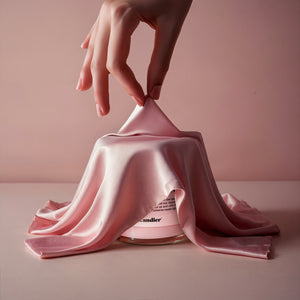


















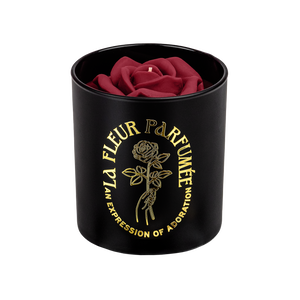
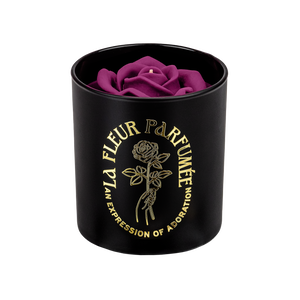
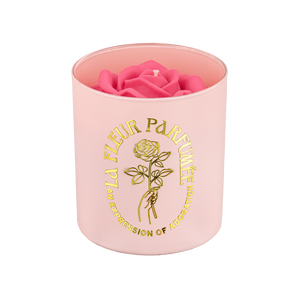
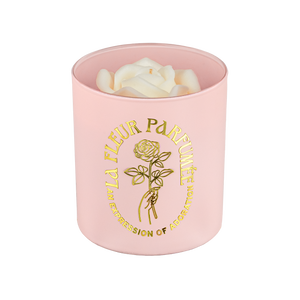
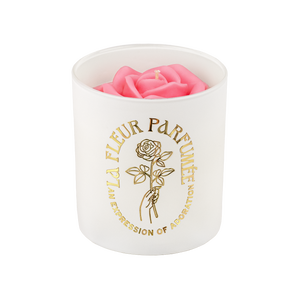

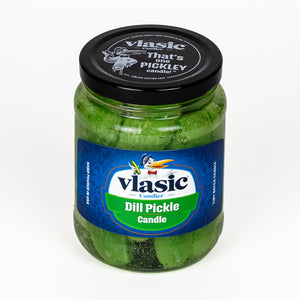















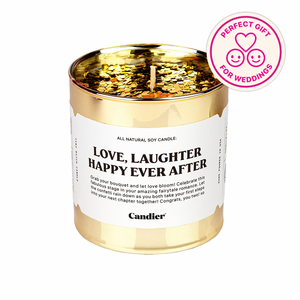
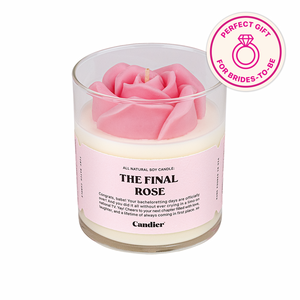
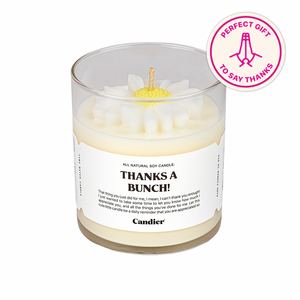
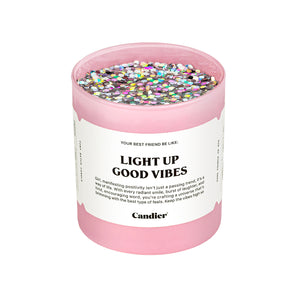


























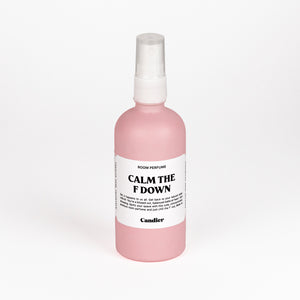
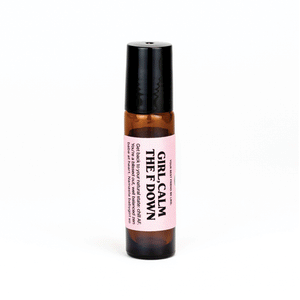
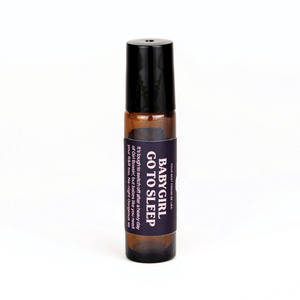
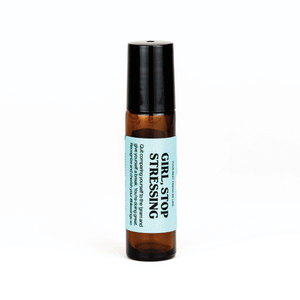
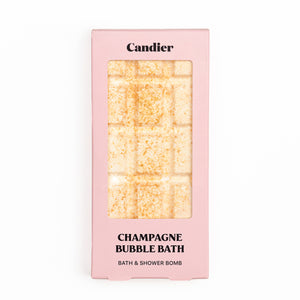

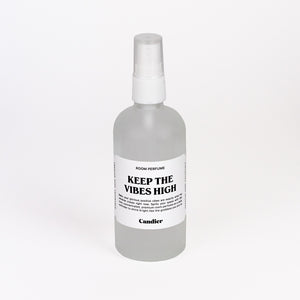
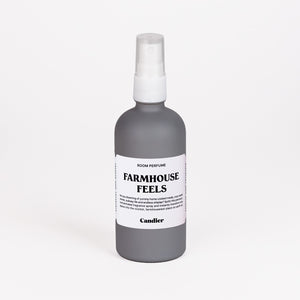





















Leave a comment
All comments are moderated before being published.
This site is protected by hCaptcha and the hCaptcha Privacy Policy and Terms of Service apply.